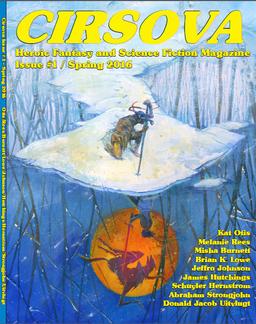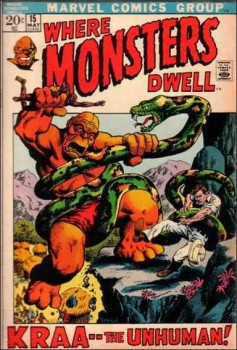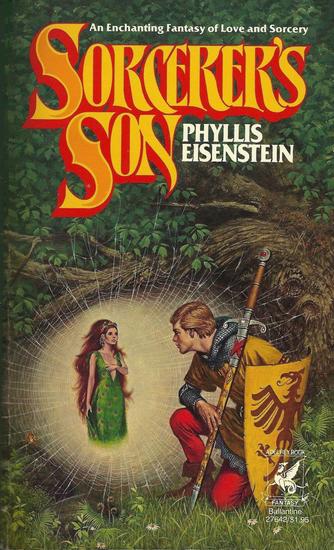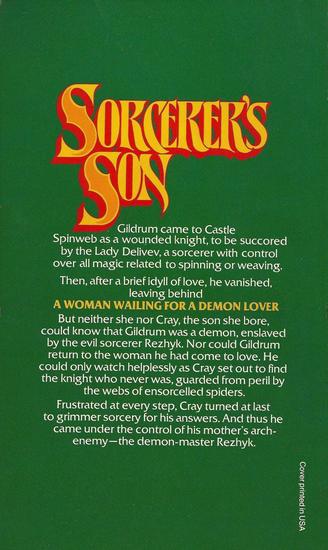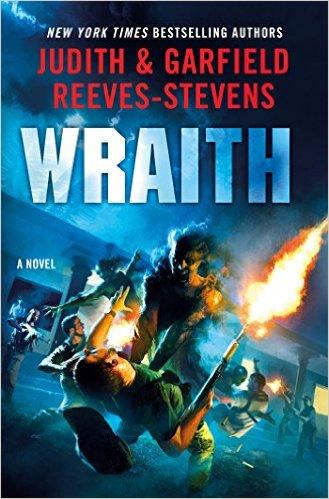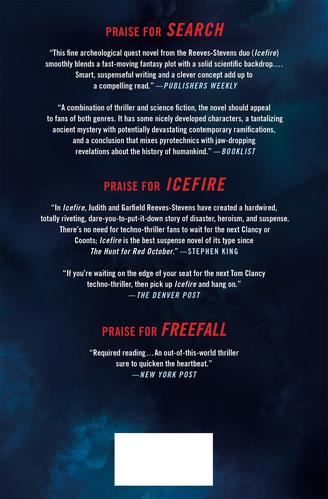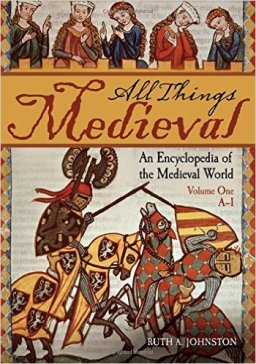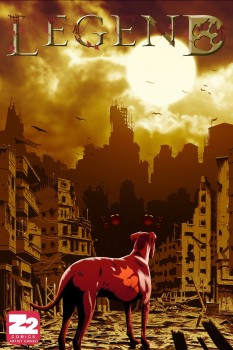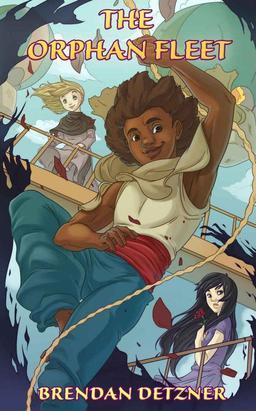Interzone #263 Now on Sale
 The March/April issue of Interzone magazine is now on sale, with a cover by 2016 cover artist Vincent Sammy, “November-Class 627A” (click the image at right for a bigger version.)
The March/April issue of Interzone magazine is now on sale, with a cover by 2016 cover artist Vincent Sammy, “November-Class 627A” (click the image at right for a bigger version.)
Interzone #263 contains six stories:
“Ten Confessions of Blue Mercury Addicts, by Anna Spencer” by Alexander Marsh Freed
“Spine” by Christopher Fowler
“Not Recommended For Guests Of A Philosophically Uncertain Disposition” by Michelle Ann King
“Motherboard” by Jeffrey Thomas
“Lotto” by Rich Larson
“Andromeda of the Skies” by E. Catherine Tobler
Non-fiction this issue includes Shattering Illusions in SFF by Juliet E. McKenna, Future Interrupted by Jonathan McCalmont, Time Pieces by Nina Allan, News and obituaries, plus David Langford’s Ansible Link, and the regular columns: book reviews, Nick Lowe’s Mutant Popcorn film reviews, and Tony Lee’s DVD column, Laser Fodder. Issue 263 is nearly 100 pages and packed with fiction, columns, and top-notch art.
Interzone is the sister magazine of Black Static, both are published by TTA Press in the UK. The distinguished Andy Cox is the editor of both.
